It's Brie the Plant Lady here. The “dog days” are winding down and while the current temperatures are making me sweat, I am dreaming of the crisp autumn days and delicious fall harvests ahead. It can feel counterintuitive to be growing broccoli in warm weather, but late summer is the time to get your cool season crops planted!
Hopefully you’ve had a chance to watch the great fall vegetable gardening classes on the Soil³ YouTube channel, so you are busy making plans for what to grow where.
Soil³ Fall Backyard Vegetable Gardening Classes
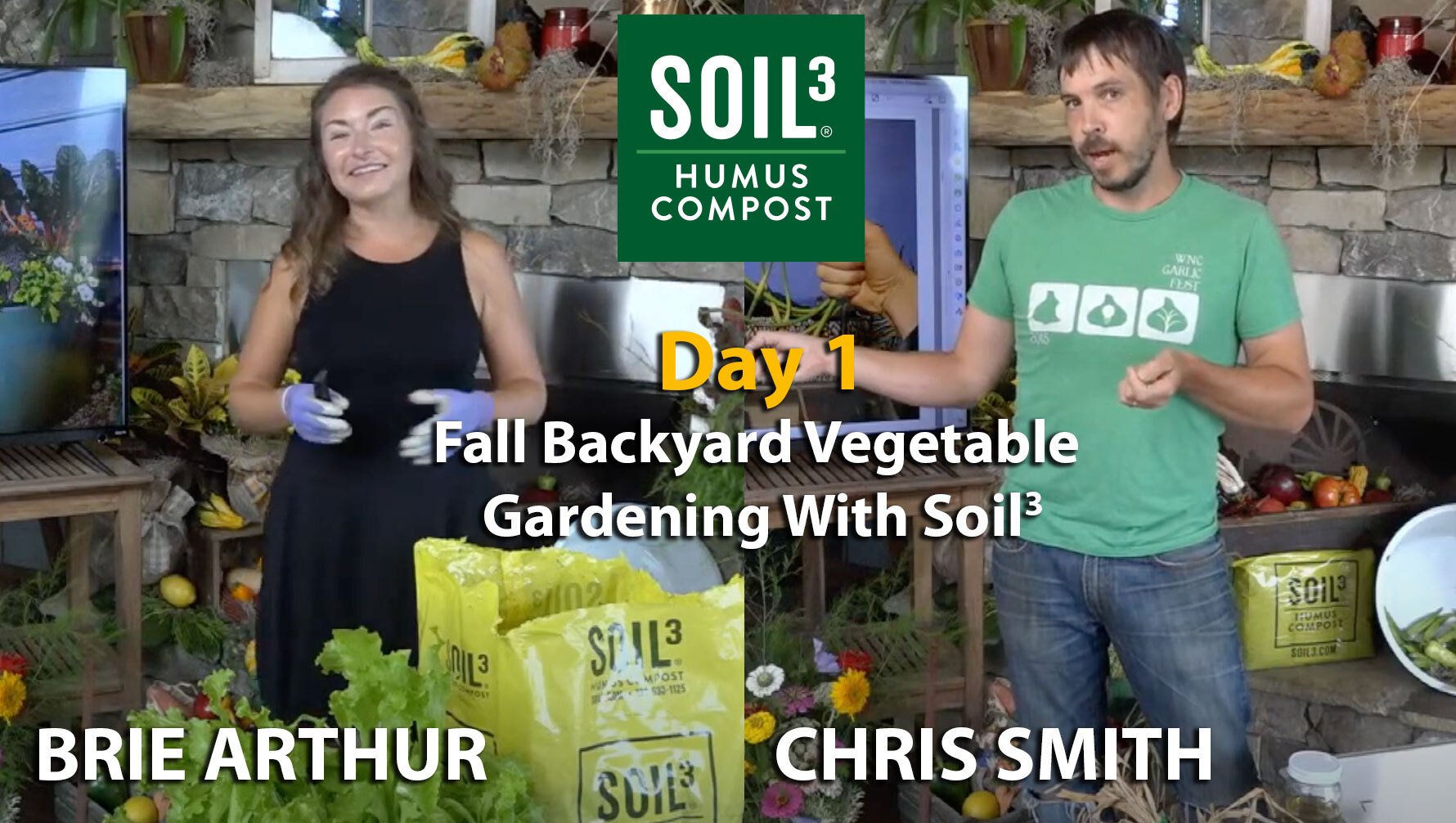
Day 1 - Link to Day 1
- Brie - Fall Foodscaping - Containers 101: Bring your garden to your patio this fall and plant creative, bountiful containers.
- Chris - Everything Garlic: Learn how to grow, store, and eat garlic.
Day 2 - Link to Day 2
- Brie - Fall Foodscaping - Landscape 101: Learn how to cultivate beauty right alongside bounty in your garden.
- Chris - Garlic and Beyond: Fall planting alliums to diversify your garden.
Before we jump into all the details on how, what, and when to plant, let’s discuss the benefits and drawbacks of starting your own seeds versus buying starts from the garden center. ("Starts" are young plants that were grown from seed by someone else and are ready to transplant into your garden.)

MYTH: Seeds vs. Starts. Growing vegetables from seed is better than buying starts from the garden center.

For years I have identified as a “seed snob” meaning I browsed inventory at garden centers and was dissatisfied with the offerings, which resulted in my purchasing seed from online vendors, like my favorite Baker Creek Heirloom Seeds. If you are into growing heirloom, or just plain weird and unusual plants, buying seed is likely going to be your best approach. Garden centers simply do not sell “interesting” varieties as starts. But there is a reason for it. RELIABILITY.
A few years ago, I had the opportunity to visit the California Vegetable Trials with a group from National Gardening Bureau. This is the non-profit that organizes the All-American Selections (AAS) trial program, that you have likely seen at a public garden or university at some point. While on this weeklong trip, we visited genetics companies and trial gardens through-out the central valley of California. The experience was life changing, and I am so grateful to have had the opportunity to learn more about what goes into breeding better plants for the home gardener.
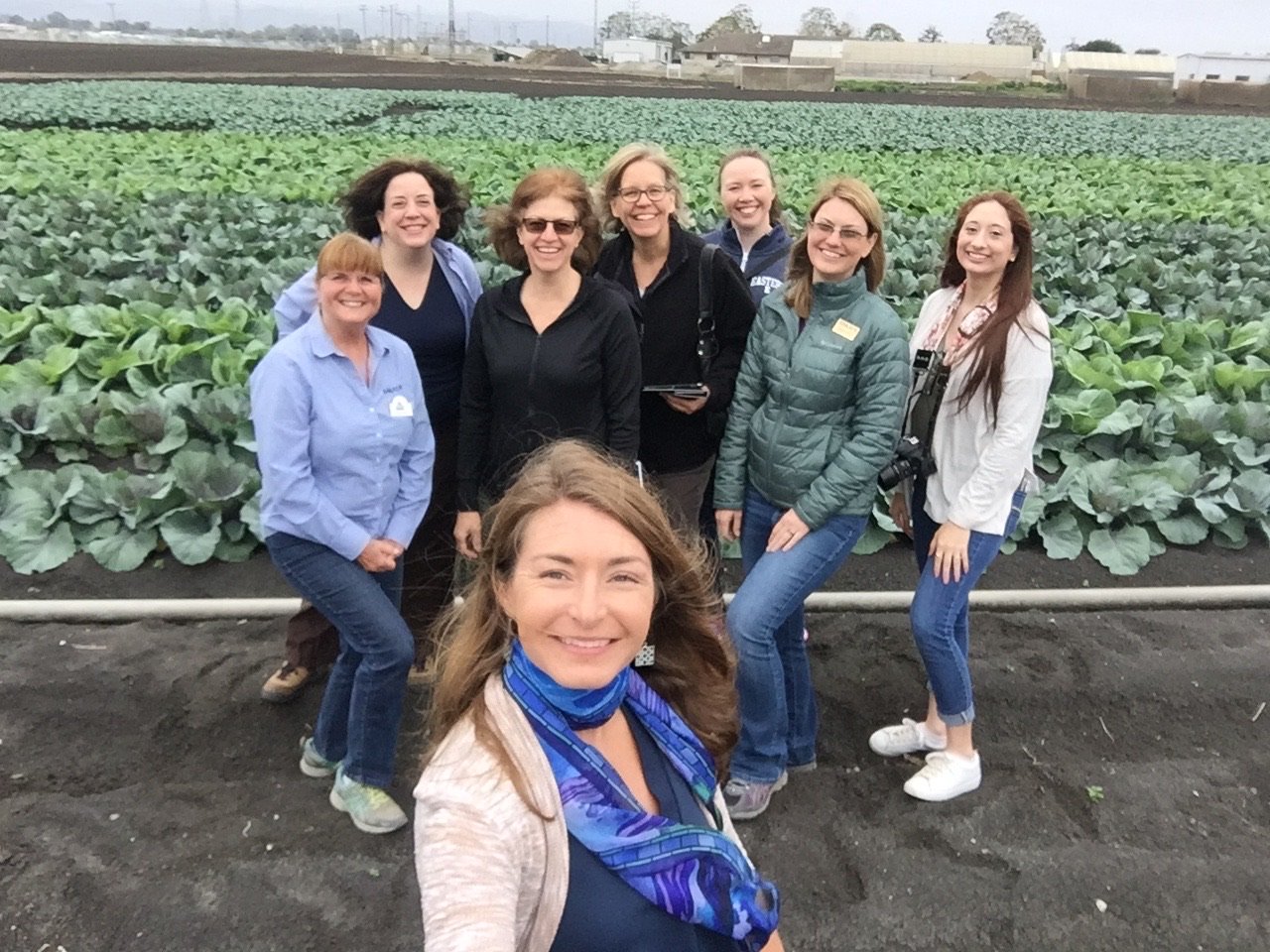
Brie and friends touring the California Vegetable Trials.
You see, the goal of modern plant breeding encompasses a lot of details, including disease and insect resistance (to reduce the need for fungicides and pesticides), increased yields, nutrient density, and improved growing habit and flavor profiles. Seriously, the science behind crop improvements is MIND BLOWING! Because of this exposure I started to rethink my obsession with all things heirloom and started to look at garden center offerings with a new perspective.
Fast forward to last March, when I was searching for broccoli starts to grow in my 100-gallon Root Pouches that came with the Soil³ Raised Garden Kit. I knew I was too late to get seed started so I needed to purchase plants to ensure I would have a spring crop. Low and behold, some of the varieties I saw on that trip to the California Vegetable Trials were right there on the racks at Home Depot. I knew, from having seen it in the test fields, that these varieties were going to be great, and for the first time in my life I proudly purchased plants at a box store.
The point here is that you should consider growing plants both ways, from seed and from starts. Buy the weird varieties from seed because garden centers are never going to offer them. And indulge in a few “industry standards” for guaranteed success. Learn more about AAS winners on their website, including where you can buy them.
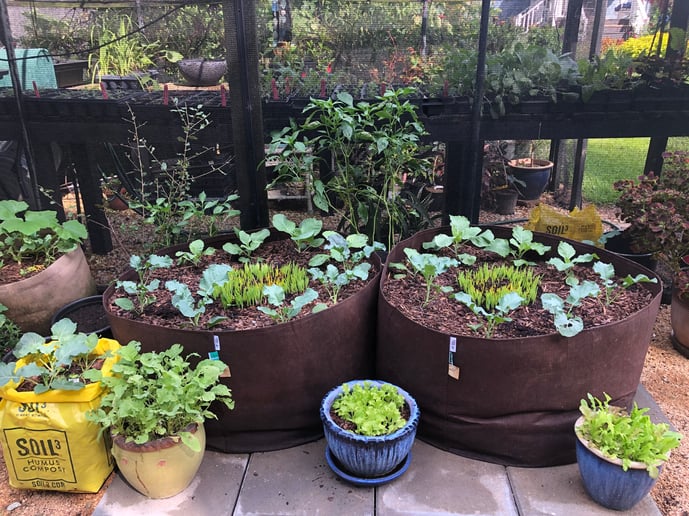
Broccoli starts that I purchased from Home Depot are thriving along with barley (in the center of each 100-gallon Root Pouch and lettuce started from seed in my containers. Plus, that's broccoli growing in my Soil³ Mini Cube!
Getting Started for Fall
So, what do you need to know to get ready for fall planting? It depends if you are growing from seed or planning to buy starts. Let’s start with seed instructions.
Fall Seed Starting
First, IT IS TIME, so don’t hesitate! If you want to have fall harvests before frost hits, you need to get your seed started early. I actually start in mid-July and try to sow a small batch of seed every two weeks to ensure I have plenty of crops to rotate into my beds in the coming months. That is a key point for fall crops, because you don’t want to have 50 heads of broccoli ripe at once. Instead sow 10 at a time so you can stagger your harvests.
Here is a quick seed sowing tutorial:
The process for seed starting is simple, and it works the same for pretty much all your crops:
- Gather trays and liners - I just recycle the ones I have purchased plants in over the years.
- Clean your trays - If you are recycling like me, it is often recommended that you soak the trays in a light bleach solution to ensure the trays are clean. I used to do that but in recent years I just lay the cell packs out and rinse thoroughly using a hose.
- Use Soil³ as your growing medium - Fill the pots with Soil³ organic compost - no need to mix it. Use your hand to evenly distribute the soil. Once you have the tray filled, gently tap the sides or bottom to ensure the soil is settled. Plant right in Soil³!
- Make a hole - Using a pencil or stick, dibble a small hole into the center of each cell.
- Drop the seed into the hole. Try to only put one or two seeds into each, as this will reduce your need to thin the seedlings out. Cover the seeds and very gently press the top of the soil to ensure seed-to-soil contact.
- Place in a partly shaded area with easy access to water - I store seedlings in my greenhouse that has 50% shade cloth covering it or place trays under my deck.
- Finally, water evenly and keep them moist- not wet! 💦
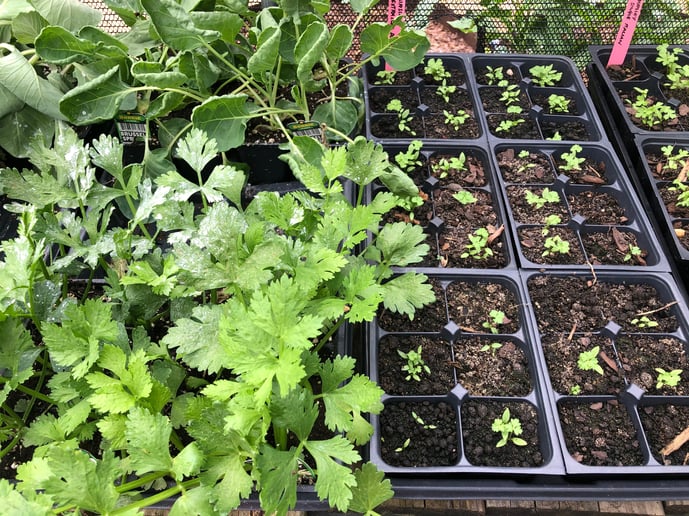
My seed trays planted, labelled and ready to grow! I sow seeds directly in Soil³.
Seeds need moisture to germinate but there is a delicate balance between too much and too little. This means check them daily. My approach is to pick the tray up and if it is heavy, you can skip watering. If it feels light, give it a drink. Generally, I grow on the dry side - it is easier to bring a plant back to life from being dry, versus reviving something that has overwatered.
When the Seeds Germinate
Water & Fertilize
Once the seed germinates the real fun begins. As the plant develops it will need more water and nutrients so now is the time to fertilize. I use fish emulsion every other week, but you can use a coated granular product like Osmacote.
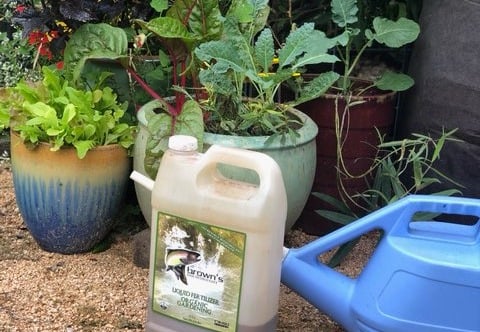
A jug of Brown's Liquid Fish Fertilizer. There are many fish fertilizers (or emulsions) available at local garden centers.
Apply Bt to Brassicas
As the fall veggie seedlings grow, start to apply Bacillus thuringiensis (Bt) to avoid cabbage worm damage. Bt is a bacterium that has been used since the 1920’s and is often applied in organic farming. It naturally produces a toxin that is fatal to certain herbivorous insects including the cabbage worm which can decimate your fall Brassicaceae crops such as broccoli, Brussels sprouts, cabbage, cauliflower, and kale.
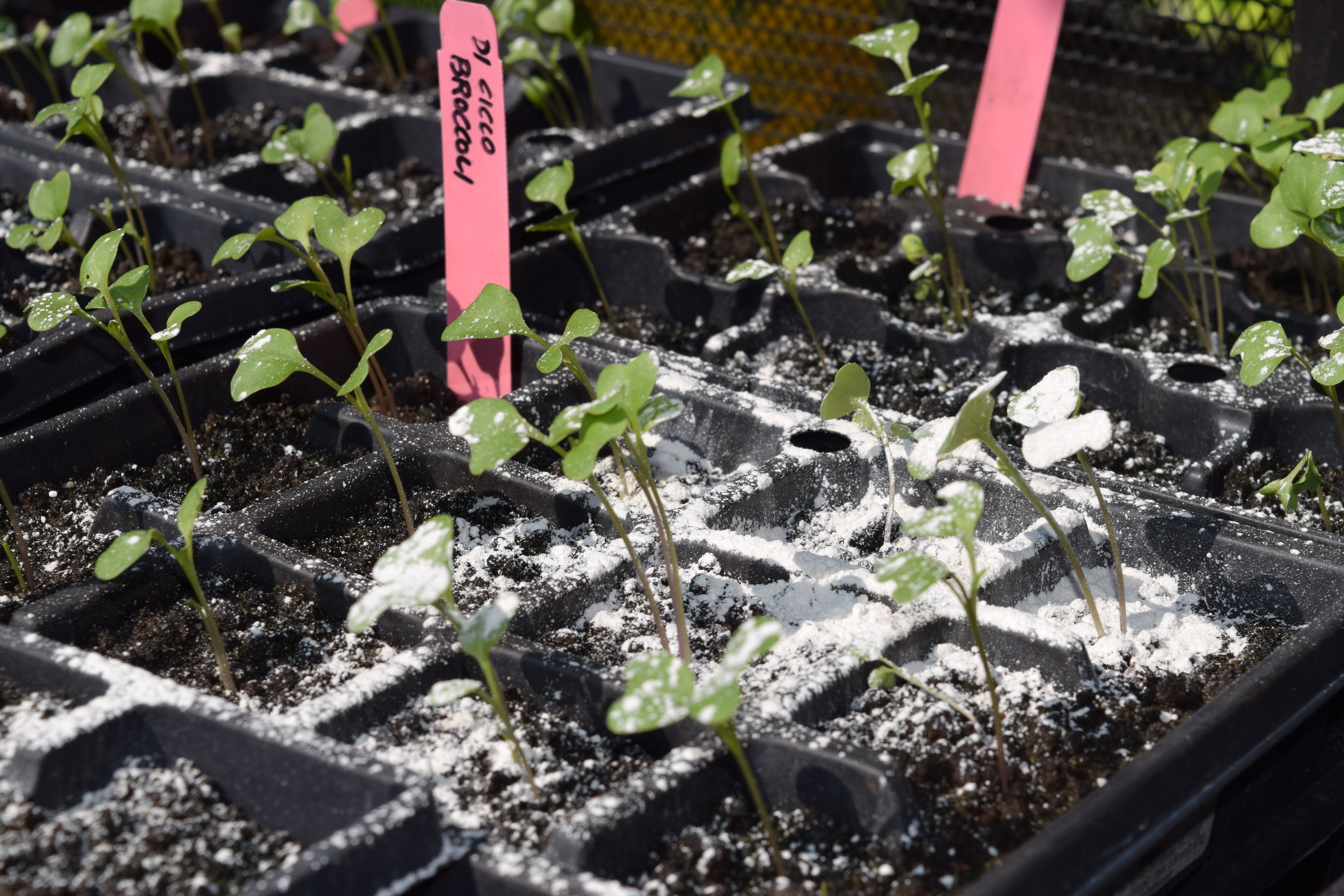
I start treating my Brassica seedlings, like these broccoli, with powdered Bacillus thuringiensis (Bt) shortly after they germinate.
Bt Products:
- Powdered - Easy to apply. Be sure to apply after every rain! I use Worm Whipper Brand powdered Bt by Tiger Brand. It's available in the Southeast from Agri Supply.
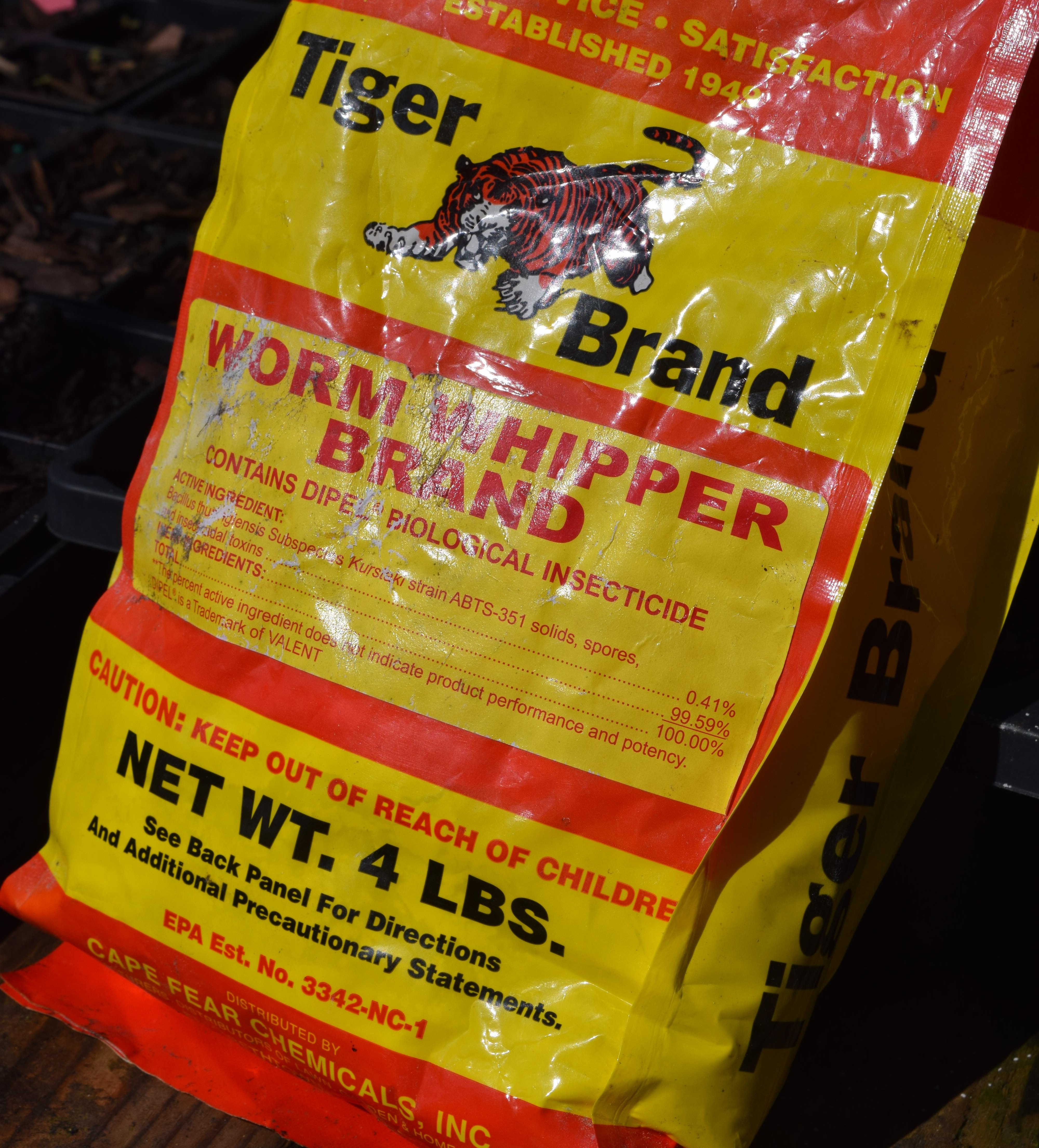
Dipel Dust from Ferti-lome is the same thing (powdered Bt) and is an easier product to find because it's available at most independent garden centers.
- Liquid - Bt is also available as a liquid. The downside is that is need to be mixed with water and applied with a sprayer. Please carefully read the labels for directions. Liquid Bt is available at most garden centers and big box stores. Be sure to purchase a sprayer that you dedicate to use only for Bt or other organic products (ex.: don't also use the sprayer for herbicides).
Depending on rain, you will need to apply Bt on a regular basis, because the fall cabbage worms are voracious, and they can eat your crop to nothing overnight - literally! It happened to me AGAIN this year. 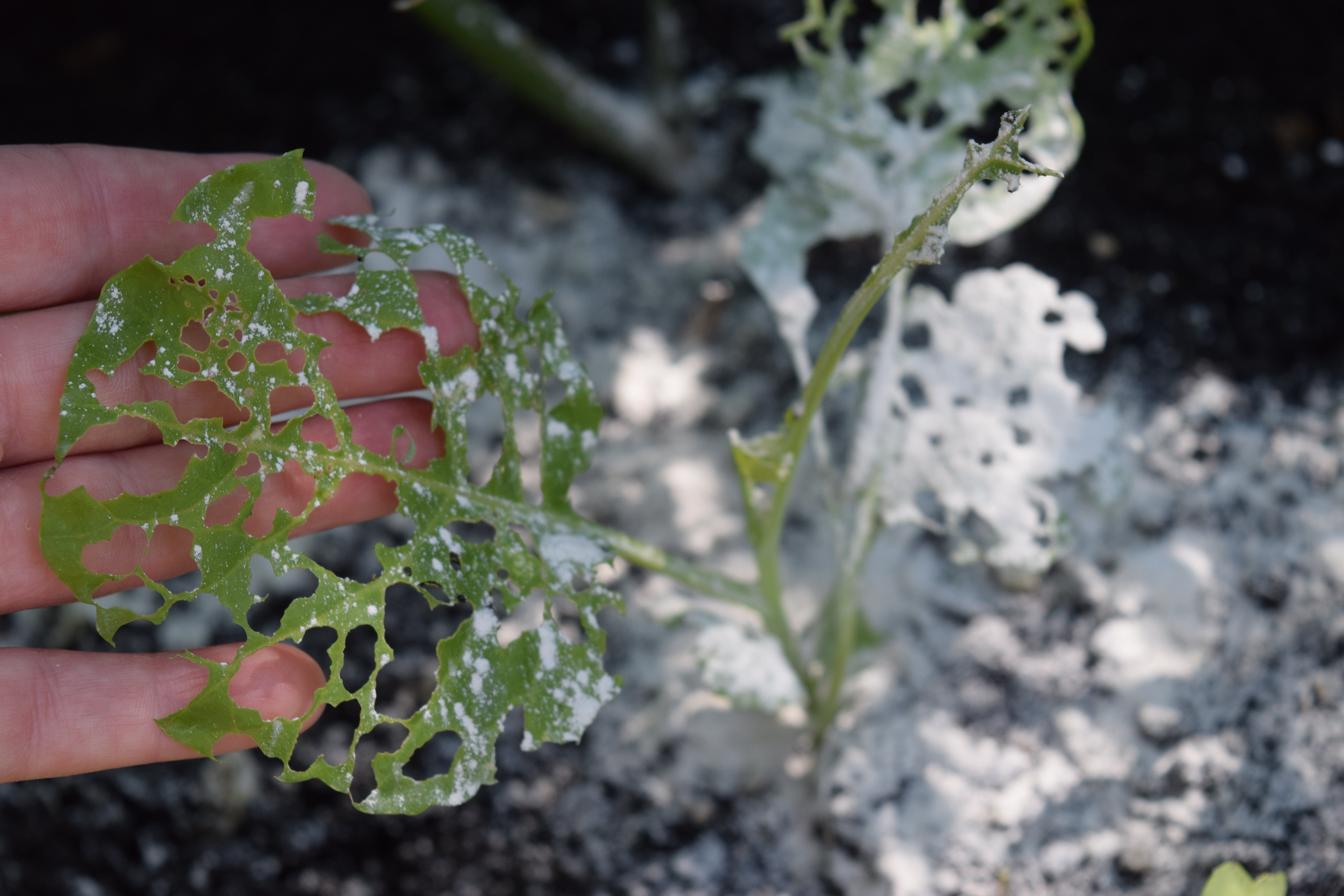
They got me again! Cabbage worm damage on some of my transplanted seedlings.
The good news is not all your fall veggies are susceptible to being devoured by cabbage worms. As their name indicates, they stick to plants in the cabbage family. Arugula, beets, lettuce and spinach are just a few of the cool season crops you can plant without worry.
Fall Transplanting
Whether you are growing your own transplants or buying starts from a garden center, you want to make sure the plants are large enough to withstand normal garden conditions. My rule of thumb is they must be fully rooted, meaning no soil breaks off when I take them out of the pot.
Here is a quick transplanting tutorial:
The advantage of transplanting over direct seeding into the ground is that you have control over the spacing. Heading veggies, like broccoli, cabbage and cauliflower all benefit from being spaced 12-15” apart to allow for their wide development. In contrast, leafy greens such as arugula, kale, and mustard can be tossed onto a fresh layer of Soil³ organic compost to germinate directly in the ground.
One you have your fall veggies planted, keep watch for cabbage worms, rabbits, deer, groundhogs, and watering needs. These baby plants will need more care, especially in early fall when they are not full established, and the temperatures are still over 80°F on a regular basis. I also find myself watering a lot more often during September-October to compensate for dry spells and help keep the soil cooler, to trick the plants into growing despite the climate.
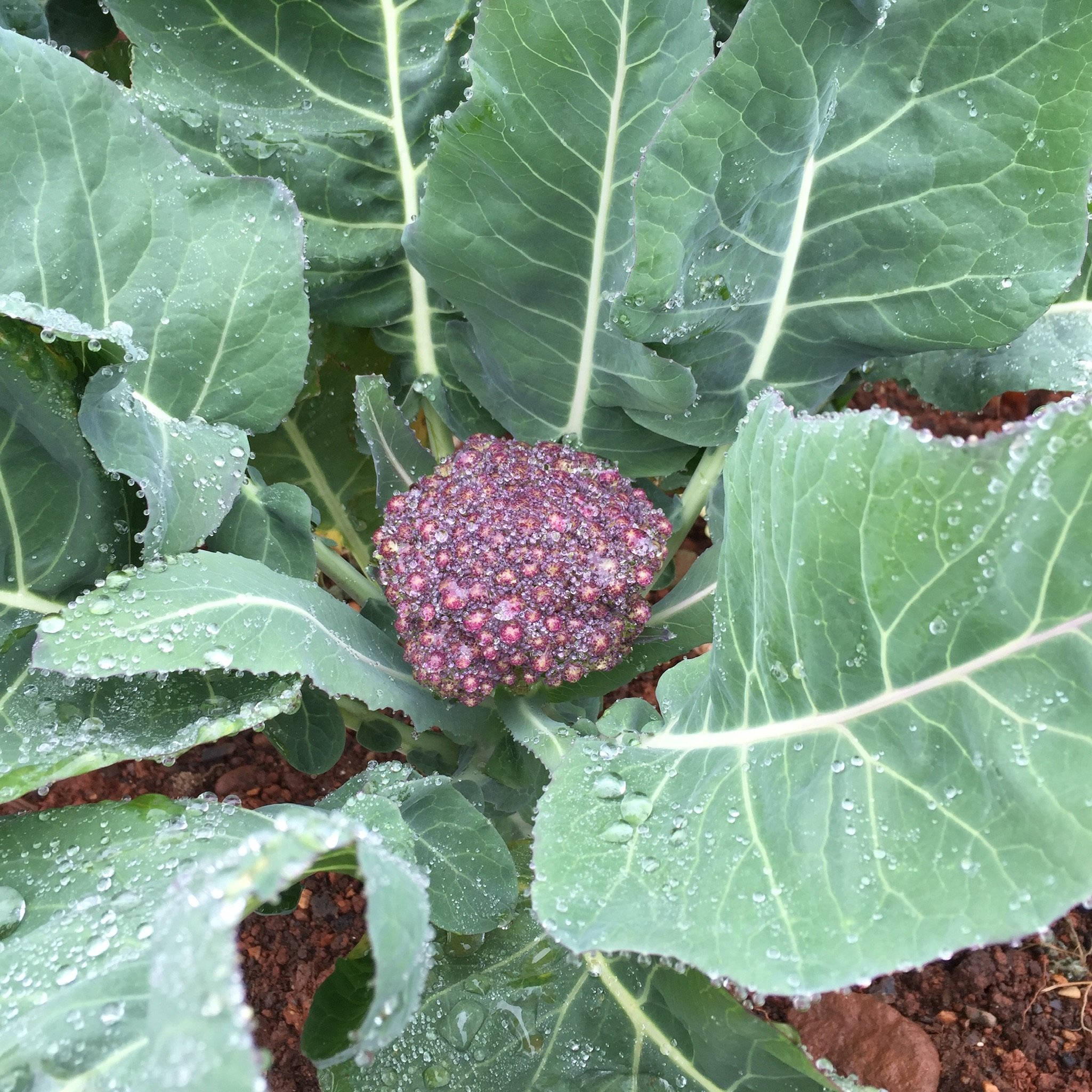
Heading veggies, like broccoli, cabbage and cauliflower all benefit from being spaced 12-15” apart to allow for their wide development.
Fall Veggie Calendar for the Southeast
For reference, we have this handy cool season calendar to help guide you through the when, what and how of planting for fall and winter!
Click to read more seeding tips and to see my warm season planting calendar.

| Plant Name |
Seed Date |
Transplanting Date |
Harvest Date |
| Arugula |
August - March |
October - March |
October - May |
| Barley |
October - November |
November - January |
June |
| Broccoli |
August - March |
October - March |
October - May |
| Cabbage |
August - March |
October - March |
October - May |
| Carrots |
August - March |
Direct Seed (do not transplant) |
May - September |
| Cauliflower |
August - March |
October - March |
October - May |
| Chard |
August - March |
October - March |
October - May |
| Cilantro |
August - March |
Direct Seed (do not transplant) |
March - June |
| Garlic |
Directly plant clove |
September - December |
June |
| Kale |
August - March |
October - March |
October - May |
| Kohlrabi |
August - March |
October - March |
October - May |
| Lettuce |
August - March |
October - March |
October - May |
| Mustard |
August - March |
October - March |
October - May |
| Oats |
October - November |
November - January |
June |
| Peas |
August - March |
October - March |
April - May |
| Potatoes |
Directly plant tuber |
February - March |
June |
| Radish |
August - March |
October - March |
October - May |
| Spinach |
August - March |
October - March |
October - May |
| Wheat |
October - November |
November - January |
June |
When to Harvest
This is always a difficult question to answer because there are so many variables. Some factors include planting date, climate conditions, and the specific variety that you are growing. Take for example heading broccoli versus sprouting broccoli. It takes longer for the plant to establish a large head vs smaller side shoots that continuously initiate. Bonnie plants has a great online resource to help you identify when your crops are ready to harvest.
Want to Learn More?
Visit my Brie The Plant Lady YouTube channel where I share loads of information and hands-on tips for cool season vegetables and tons of other topics too!
Or you can attend one of my lectures on various gardening topics. Check out my upcoming sessions - live and virtual.
Wishing you all the best. Stay happy, healthy and keep on growing!
Brie
All photos by Brie.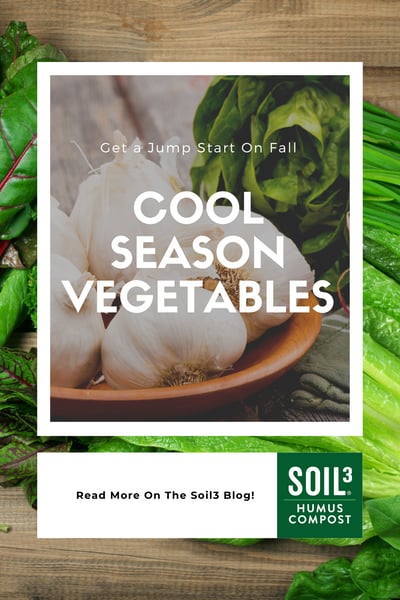

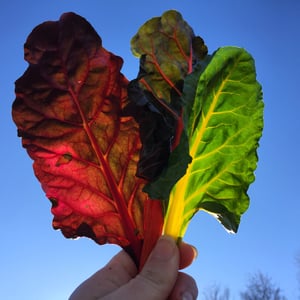

Did this help you out? Have any questions for clarity? Leave a comment below!